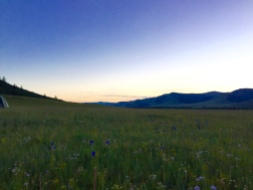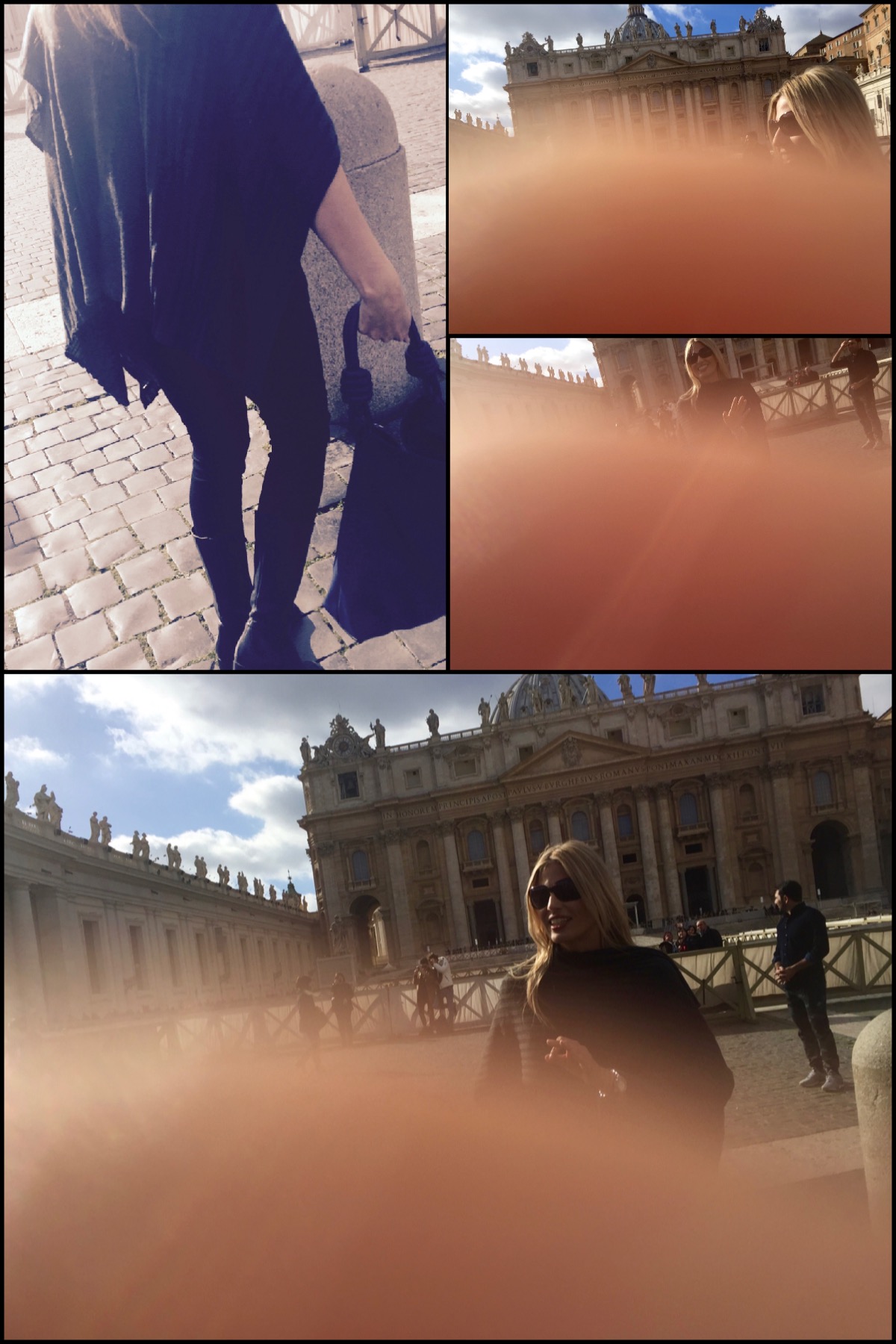If Mongolia is not on your travel to-do list, it should be. The landlocked country positioned between nation-giants China and Russia is an outdoor-adventure-lovers’ dream. Open to tourist since 1990, travel books are sparse and bold globe-trotters are rewarded with the ever fading opportunity to experience remote, wild landscapes, commune with nature, and engage with the country’s nomadic inhabitants. If you are like my Dad, a huge fan of Jackson Hole Wyoming and all of Montana, you will love Mongolia.
The capital, Ulan Batar (Ulaanbaatar), is home one million of the country’s three million populous and has similar offerings to many metropolitan cities. Not to be missed are the beautiful temples and monasteries, and Grand Chinggis Khaan Square, previously known as and still commonly referred to as Sükhbaatar Square; the official name was changed in 2013 to honour the founding father of Mongolia. End the day with drinks at the Blue Sky Lounge situated on the top floor of the Blue Sky Hotel and Tower. For a little shopping visit, fair traders Mary and Martha and be sure to buy some Mongolian cashmere, known as the best in the world.
Ulan Batar is the starting point but one doesn’t journey to Mongolia and stay in the capital. Venture out into the open land where generations of equine-centric nomadic herders keep the rugged country virtually undisturbed. Mongolia is immense, and has limited transportation and extreme climates – the average annual temperature in most of the country is zero; summer extremes can reach 90°F (30°C) in the Gobi Desert to minus 50°F (-45°C) in winter. Most of Mongolia is remote, meaning no-wifi, no running water, no electricity, no phone! No plumbing! The main diet in rural Mongolia is mutton or sheep. A nomad might head out with his gun, shoot a marmot, and then cook it in hot stones in it’s skin without a pot — I saw this happen. Did you book your flight yet?
My Mongolian experience was part of a yoga retreat: Jivamukti yoga, vegan meals, chanting, meditating, and sunset fireside kirtan (folk-song-chant-off with the locals). We hopped on the once a week Trans Mongolian Railway from Ulan Batar to Gobi (Mongolian word for desert). Just a few days in the desert reminds you that transcendence is possible as you stare at the immense sky, and gaze at the Milky Way. No words. Awe-struck. No roads, No people. Total silence.
A ten-hour drive to reach the other retreat destination, Jalman Meadows which is located on the Upper Tuul River within the Gorkhi-Terelj National Park and the strictly protected area of Khentii. The park offers some of the richest landscapes in Mongolia: rocky formations sculpted by erosion, pine tree filled mountains, plains scattered with wild flowers like edelweiss, vast rivers and lakes, and the glorious steppe.
If you do not like horses I question your humanity however you are going to want to skip over this section, it is for horse-folk only. Mongolian horses are a bit wild, they roam free when not “working” and go where they please. They have an owner, the horseman, who is very protective and risk-adverse. He determines your riding ability before letting you near his horses as Mongolian herders are expert riders — if you are injured in Mongolia, you may be hundreds of kilometres from medical aid, and you might get an ambulance which may be a minivan: medical evacuation insurance is advisable! That said, riding in Mongolia is on the Top 5 best experiences of my life (so far) – exploring over mountains, wading through a rushing river up to the haunches, and taking off my helmet to gallop full-out across the meadows, in what can only be described as boy-racing with the guides. Pure freedom and joy.
Mongolia is not for the faint of heart, but nonetheless a rewarding life-detox, removed in every way possible way from taken-for-granted mod-cons. My experience still classifies as “Mongolia for beginners” because the yoga retreat provided a chef, beautiful ger (traditional felt yurt) accommodations, eco-toilets which were a short walk from the camps, and two beautiful yurts for showers (water for showers was collected from a nearby river, carried by camel and yak cart, heated on a fire and placed in an overhead bucket). For me Mongolia was a place to think and just be, to observe traditional life amid the vast, stunning landscapes in quiet calm. A place to remember how dependent and non-self-reliant we truly are, while humbling sitting under the stars. Leaving Mongolia’s extraordinary isolation and natural beauty, I felt a bit heartier, and happy to have escaped the madness, even for a moment.
To book a Mongolia yoga holiday or for yoga retreats in other locations, contact my friend Jools Sampson at Reclaim Yourself ~ or for information about other types of Mongolian adventures visit Nomadic Journeys or Mongolia Tours.
Until next time, thank you / bayarlalaa / баярлалаа.

















































